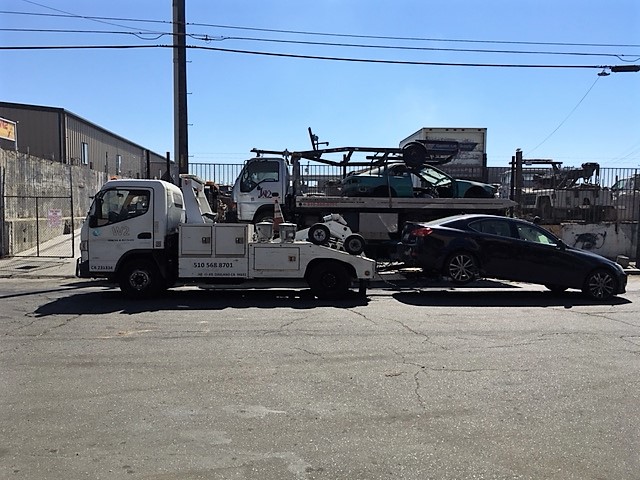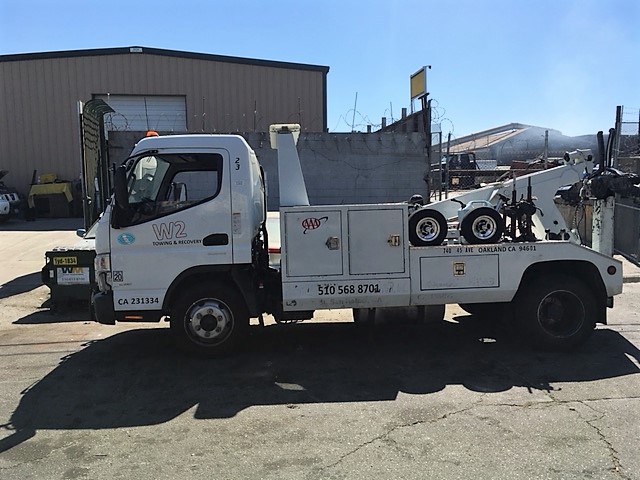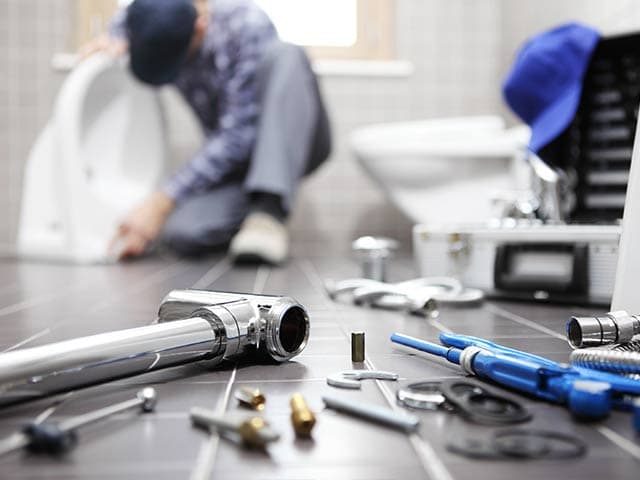Do you recognize what it resembles to have a crying kid grumping along behind you in the supermarket? Ever before wished to get rid of one at the butcher’s counter? You’ll feel just the same regarding a trailer. Loaded well, it’s a pleasure to pull. Loaded terribly, you may desire you ‘d never ever got hitched.
Like your car, a trailer must be registered as well as have a current warrant of physical fitness.
Hitching
First, the trailer should be hitched correctly. Attach the cup-like end of the trailer draw bar to the tow ball of your auto. Some will fit straight over the ball. Others will guide top which needs to be drawn upwards (as well as sometimes transformed) before being lowered onto the sphere. There’ll be a chain hanging from the trailer drawbar. Making sure that the chain isn’t tangled, attach it straight to the vehicle tow bar (usually using a D-shackle). This is your extra security must the significant coupling break. Some vehicle drawbars have a spring-loaded coupling through which the chain can be connected.
A D-shackle is formed like a D. Unscrew the screw in the straight side. Pass the D with the chain as well as around the hole in the drawbar (with the non-threaded side upwards. Screw the screw downwards with the leading shackle opening, through the drawbar and right into the reduced threaded hole of the shackle. Hand tighten up. (Do not screw the bolt upwards through the irons and also drawbar. It is likely to reverse in transportation.).
Connect the electrical cable as well as plug on the trailer to the lights connection on your auto. After that, make sure your trailer lights are synchronised with your car sign lights.

Packing.
Constantly put a hefty load (bricks, sand or piano (!)) in the middle of your trailer, over the major axle or axles. This will keep the trailer balanced. If positioned at the front of the trailer, a hefty lots will tip your trailer down ahead, put weight on the drawbar and pull your car down at the back, making it moan like a constipated hippo. A hefty tons on the back of the trailer will certainly lift the draw bar, and also the rear of your vehicle, so the cars and truck’s wheels will certainly lose traction.
See to it your auto has the ability to draw the lots securely. The weight of the lots as well as the trailer (conventional trailers have to do with 240-250 kg) should be less than the rated weight of your tow bar. If you’re thinking about pulling a very heavy lots, seek advice from the seller for recommendations on relative weights. If there is any question, carry a smaller sized lots or hire a vehicle. Inspect the web for your regional demands. Hire a good tow truck service in South Etobiocoke by clicking here.
Safeguarding the tons.
When you’re connecting posts onto a trailer, keep in mind that the lots will tend to move forward if you stop unexpectedly. Pack soft material in between products of furniture to stop them rubbing against each other in transit, and also safeguard them from rope burns with rolled-up paper or old towels. Area the heaviest products in the centre. If you need to pile your tons, position the larger products near the bottom. If any kind of part of your tons overhangs the length of the trailer, inspect your road code for allowed restrictions. Affix a rag or moving challenge the overhanging part to ensure the looming part is visible to complying with traffic.
Cover the tons with a tarpaulin and after that cover that with a bungy net drew tight to the trailer hooks. Take care that none of the lots or the tarpaulin is covering the trailer lights. If you’re lugging your preferred furniture, cover the tops with fabric, before you apply the tarpaulin, to shield it from the sandpaper result of motion of the tarpaulin in transit. If the lots is composed of small bits, such as plant clippings, sawdust or firewood, you’re required to cover it with a tarpaulin under the bungy web to stop bits flying right into complying with vehicles.





